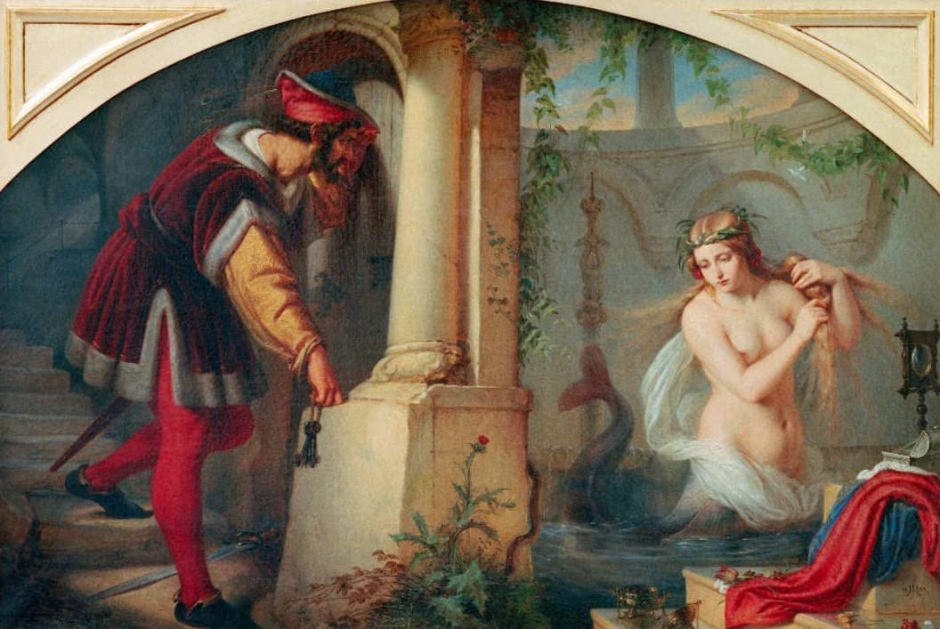Melusine is a female figure from the folklore of Europe. Her lower body is a serpent or fish, reminiscent of a lamia or mermaid. Occasionally, she is also depicted with wings, dual tails, or a combination of these features. She is said to be a mysterious enchantress. On the symbolic level, she is a beacon guiding us to embrace our instinctual nature.
Melusine, as Carl Jung articulates, is an anima figure. The anima embodies the feminine aspect of the psyche. The anima is an image important to both males and females. She is beyond binary gender, representing the instincts of the spirit. Jung observes that, like Melusine, ‘the anima… can appear as a snake’ (CW 9i, para 358), signifying the transformative and often elusive qualities of the feminine psyche.
Jung perceives Melusine as belonging to the realm of nymphs and sirens, those mystical beings inhabiting the watery depths (Carl Jung, Alchemical Studies, CW 13, para 180). Furthermore, he connects her origin to the whale that engulfed Jonah, a metaphorical womb of mysteries, alluding to what is now known as the unconscious (ibid).
The myth of Melusine weaves a tale of a woman who is both enchantress and enigma. Born of King Elynas of Albany and a fairy mother, Melusine is bestowed with a dual form: a radiant human woman and a half-serpent creature. Her life takes a dramatic turn upon her marriage to a nobleman, under the condition of her privacy during her weekly bath – a request emblematic of the sacred and hidden aspects of her nature.
However, the tale takes a fateful twist when her husband, driven by curiosity, violates this boundary, uncovering her serpentine form. This discovery shatters their idyllic life, propelling Melusine into a transformative dragon or serpent and eventually leading to her disappearance into the wilderness or water bodies, varying with the tale’s rendition.
Melusine’s story is not just a tale of betrayal and transformation; it is a narrative rich with the themes of resilience and strength inherent in the sacred feminine. Her ability to transcend adversity and emerge stronger symbolizes the transformative energies within us all. Her connection with water and mythical beings further deepens her symbolism, inviting us to explore the emotional and sensual dimensions of our femininity.
Melusine, as a symbol of the anima, has a deep connection with mysteries of life. Her transformative serpentine form is a potent reminder of the healing and creative powers innate in the feminine principle.
The myth of Melusine, encourages us to honor and integrate our spiritual instincts, tapping into an inner wellspring of wisdom and vitality. In doing so, we embark on a transformative journey, aligning more authentically with our true selves and contributing to the healing of our world.
Reference:
- https://en.wikipedia.org/wiki/Melusine
- Carl Jung , Alchemical Studies (Collected Works of CG Jung Vol.13)
- The Archetypes and The Collective Unconscious (Collected Works of C.G. Jung Vol.9 Part 1)
Comments
I invite you to share your ideas on non-duality, spirituality, and symbols. We awaken together! All perspectives are welcome. Please feel free to include links to your writing if you write on these topics. Be aware that I do not always monitor comments. Also note that I am not a therapist. This is not a mental health website. Please read the terms of use.

